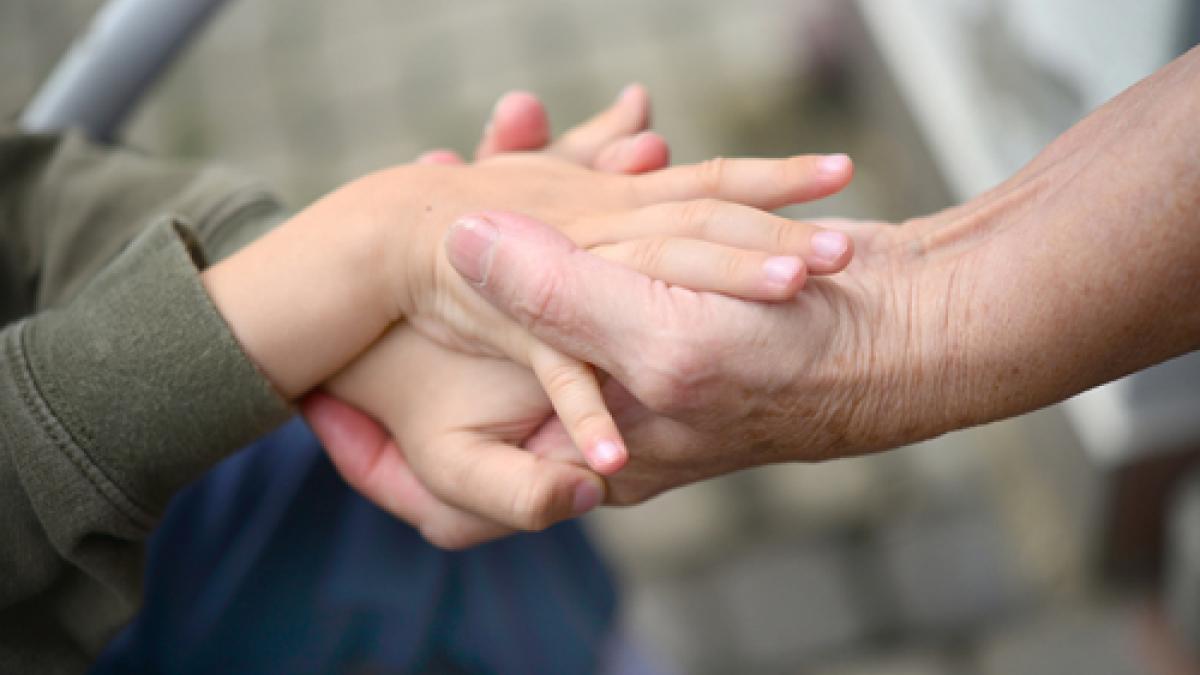The future for children and young people with cerebral palsy is in all of our hands.

Physiotherapists should consider body function, environmental factors and personal factors to improve patient care
This was the message from Karen Horridge, a leading disability paediatrician, at the Association of Paediatric Chartered Physiotherapists’ annual conference, held in Newcastle on 13 November.
Dr Horridge, chair of the British Academy of Childhood Disability and clinical lead for the Disability Matters programme, began her talk by highlighting the gaps and variations in care for disabled children and young people.
Delegates heard that major issues with basic health surveillance and healthcare failings have led to poor support and information for families, significant variation in postural management including hip and spine surveillance and a chronic lack of etiological diagnoses being made.
In the worst instances, this substandard care has led to premature death.
‘Reports such as Mencap’s Death by indifference and the Department of Health’s Winterbourne view response report further illustrates the inadequate service that is in place for patients that are most vulnerable,’ said Dr Horridge.
‘This just isn’t good enough.’
She recommended using the World Health Organization’s international classification of functioning, disability and health framework.
This considers not just a patient’s disability but also their body functions and structure, environmental factors and personal factors – all of which could help to improve the care received by this patient group, she said.
‘Quality of life is very important and I feel pain is massively overlooked. A study by SPARCLE [Study of participation of children with cerebral palsy living in Europe] found pain was a major determinant of participation and quality of life.’
Dr Horridge also urged clinicians to make use of the training and assessment tools on the Disability Matters website.
Find Out More
Number of subscribers: 0